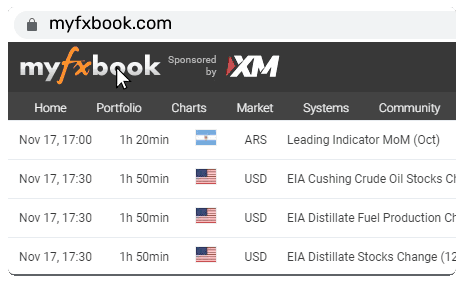5 Things to Know About the 2.7% CPI and What Comes Next

After several months of subdued inflation readings, the June Consumer Price Index (CPI) has stirred the pot. Headline CPI came in at 2.7% year-on-year, the highest since February. Although the monthly increase of 0.3% matched expectations, the data signals a potential turning point — not just for inflation, but for how markets approach the months ahead.
At EBC, we believe this is no longer a story about whether inflation is returning. It’s now about what forces are driving it, and how policymakers and traders should adapt. Here are five key insights every trader should keep in focus:
1. Tariffs Are Now a Real Inflation Driver
Cost pass-through has moved from theory to reality. The US has recently introduced new trade measures targeting over 20 countries, and the early impact is already reflected in June’s numbers.
According to analyst estimates, up to one-third of the CPI rise may be directly linked to tariffs. With many firms still working through pre-tariff inventory, the full effect on consumer pricing is likely to intensify in Q3.
As David Barrett, CEO of EBC Financial Group (UK) Ltd, noted:“The tide is turning. What we're witnessing is the first real hints of tariffs causing an inflationary impact. While the figures are still within manageable levels, forward-looking traders should be asking what comes next — not just in the data, but in Fed policy and capital flows.”
2. Core Inflation Shows Sticky Momentum
The 2.9% year-on-year increase in core CPI — which excludes food and energy — came in slightly below consensus, but still reveals a durable inflation backdrop. While not alarming on its own, it adds weight to concerns that pricing pressure is proving more stubborn than previously hoped.
This reinforces the idea that the Fed can’t afford to relax its vigilance just yet.
3. The Fed Is Likely to Hold in July — But Not for Long
With inflation climbing but not spiking, the Federal Reserve is expected to stay on hold for now. Futures markets assign a 97% probability that the central bank will maintain rates at 4.25%–4.50% during its July 29–30 meeting.
Still, traders should not mistake this for complacency. “Inflation is rising, but not running away,” Barrett explained. “The Fed has little incentive to move hastily. We expect a holding pattern in July, but if CPI and wage data heat up again in August, the conversation could shift swiftly from one of patience to a pre-emptive one.”
4. Market Response Has Been Muted but Watchful
Treasury yields edged higher, the dollar strengthened, and equities remained cautious — all signs of a market that’s alert, but not alarmed. “This is not a risk-off moment, but it's also not risk-on,” Barrett added. “For traders and investors, this is the zone where macro strategy matters most — FX pairs, rates products, and inflation-sensitive sectors will likely see more two-way action over the summer.” Volatility is already picking up in currency and commodity markets.
“The re-acceleration of inflation — especially through tariffs — injects fresh volatility into gold and currency markets. Traders should expect choppier price action and re-think positioning around key macro catalysts,” Barrett said.
5. Q3 Will Be Defined by Interpretation, Not Just Data
The real challenge ahead lies in how markets interpret the data, not just what the data says. Tariffs, inventory cycles, wage trends, and central bank tone are all converging to shape sentiment.
Barrett summed it up: “Q3 won't be shaped by headline prints alone — it'll be shaped by interpretation. The traders who stay focused, flexible, and forward-looking will find opportunities where others hesitate.”
At EBC, we’re closely tracking these moving parts — not just to analyse them, but to help our clients act on them with clarity and foresight.
Disclaimer: This material is for general information purposes only and is not intended as (and should not be considered to be) financial, investment or other advice on which reliance should be placed. No opinion given in the material constitutes a recommendation by EBC or the author that any particular investment, security, transaction or investment strategy is suitable for any specific person.





















